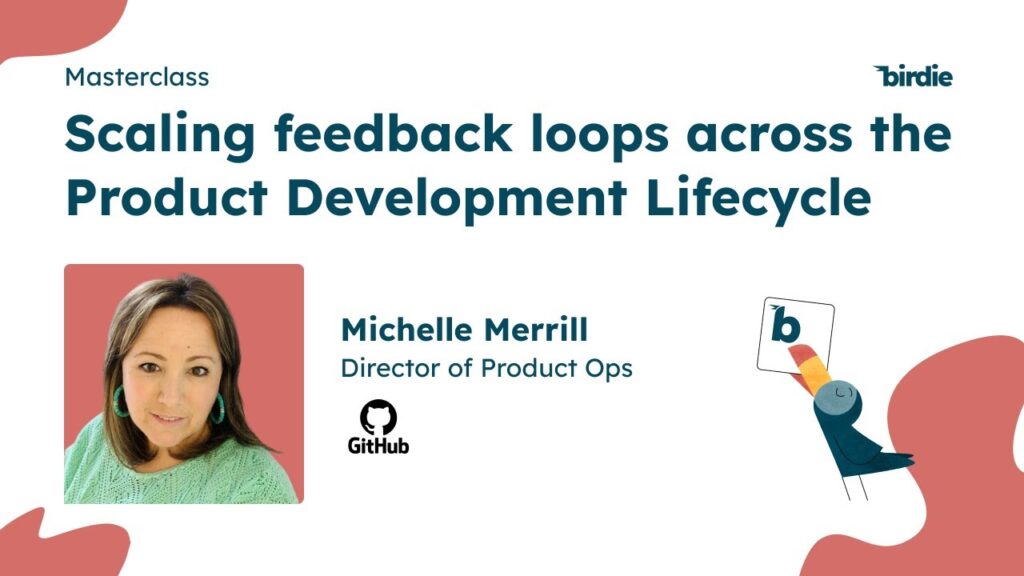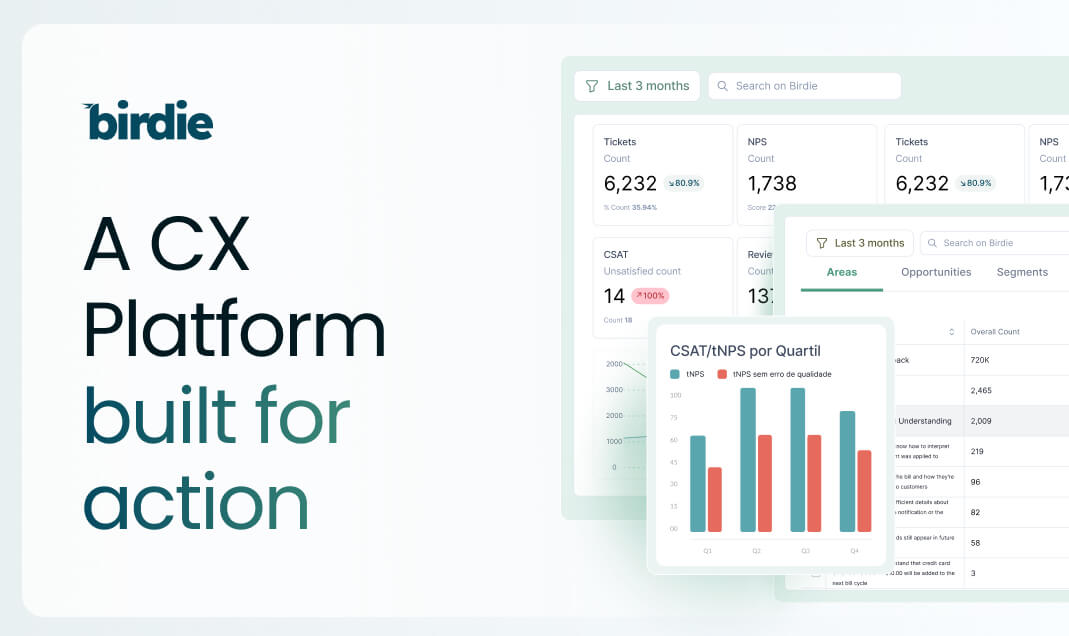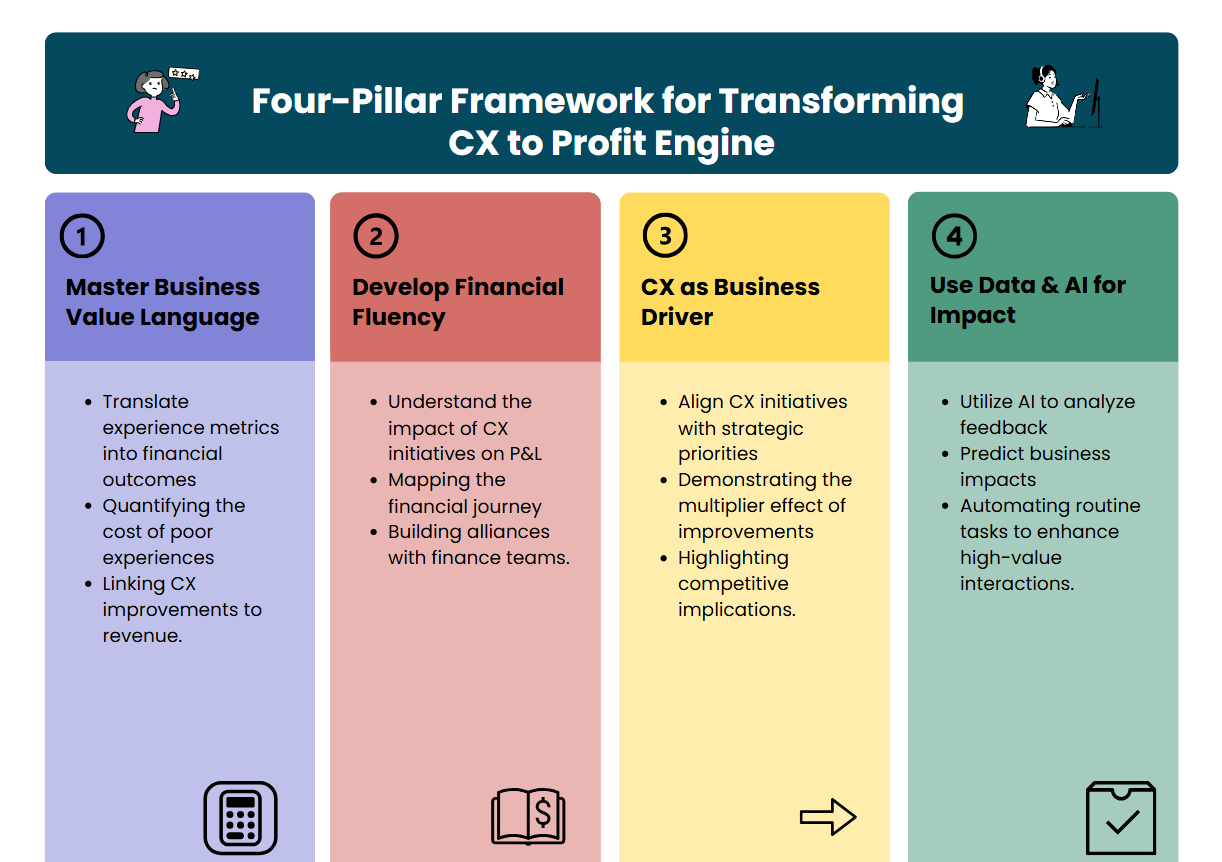

In the dynamic world of product development, feedback is the lifeblood that fuels innovation and ensures customer satisfaction. A well-crafted feedback ecosystem can make all the difference between a successful product and a lackluster one.
In this blog post, we will delve deeper into what Michelle Merrill, Sr. Product Operations Director at GitHub, shared about scaling feedback loops across the product development life cycle and learn how to optimize feedback collection, aggregation, qualification, and usage for effective decision-making and continuous improvement.
The Importance of a Well-Designed Feedback Ecosystem
Feedback loops play a pivotal role in product development, guiding product managers in making informed decisions and validating hypotheses. Michelle emphasized the need for a well-designed feedback ecosystem that aligns with PMs' needs while prioritizing customer engagement. By ensuring seamless integration into existing workflows, feedback becomes a valuable resource for PMs to steer product development in the right direction.
Understanding the Product Development Life Cycle
Before diving into the nuances of scaling feedback loops, it's essential to grasp the stages of the product development life cycle (PDLC). Michelle shared a generic guide to the PDLC, focusing on how feedback interplays in each phase. From alpha and beta testing to the full-fledged release, different types of feedback are gathered and analyzed to optimize product performance and user satisfaction.
The Four Pillars of an Excellent Feedback Analysis Solution
Michelle highlighted the four essential components of an excellent feedback solution: collection, aggregation, qualification, and usage. These components work in tandem to create a robust ecosystem that empowers PMs to gather insights, understand customer needs, and make informed decisions. By focusing on each component, organizations can ensure a successful feedback-driven product development process.
As organizations grow, the volume of feedback may increase exponentially. By leveraging automation and advanced tooling, PMs can analyze vast amounts of feedback, ensuring that valuable insights are not lost amidst the noise. Additionally, she discussed the challenges of handling too few feedback instances and how to manage their impact on decision-making.
The Power of Direct and Indirect Customer Feedback
Direct feedback, where customers communicate directly with product teams, and indirect feedback, relayed through customer-facing teams like sales and customer service, both play vital roles in the feedback ecosystem. Direct feedback can provide raw customer perspectives, while indirect feedback often comes pre-qualified by customer-facing teams. Balancing both sources ensures comprehensive insights into customer needs and pain points.
Internal feedback loops are equally critical for effective product development. Michelle provided practical tips for optimizing internal feedback loops, especially when engaging with sales and customer service teams. By setting clear guidelines for the type of feedback needed and integrating it into a central platform, organizations can ensure seamless communication and valuable insights from customer-facing teams.
The Value of Closing the Loop
Closing the loop with customers is a crucial aspect of the feedback ecosystem. It is important to provide timely responses and updates to customers who contribute feedback. By keeping customers engaged and informed about the progress of their suggestions, organizations can foster a stronger sense of partnership and trust with their user base.
Scaling feedback loops is not just about collecting data but also about harnessing the insights to drive meaningful changes and develop products that truly resonate with the customers. As organizations implement the principles shared by Michelle, they can unlock the full potential of their feedback ecosystem and achieve excellence in product development.
And if you feel you're ready for that, we can help: schedule a demo to learn more.

Request demo








